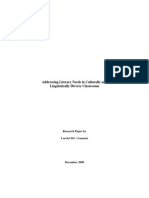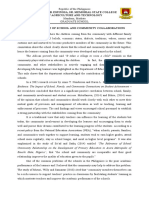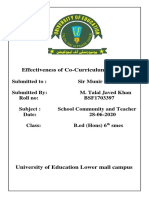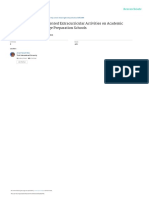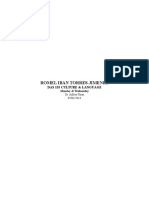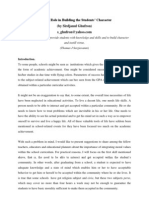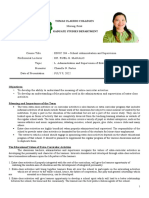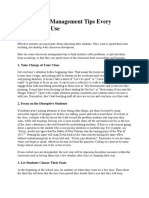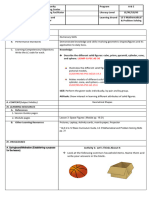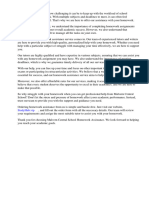0% found this document useful (0 votes)
89 views7 pagesGroup5 Intro
This research examines the relationship between participation in extracurricular activities and academic performance among junior high school students in Sorsogon National High School. The study aims to determine whether involvement in activities outside the regular curriculum, such as clubs, sports, and cultural pursuits, correlates with better academic achievement. The findings could help inform educational policies and practices by providing insight into how extracurricular engagement may enhance students' overall learning experience and development.
Uploaded by
Nash HagosCopyright
© © All Rights Reserved
We take content rights seriously. If you suspect this is your content, claim it here.
Available Formats
Download as DOCX, PDF, TXT or read online on Scribd
0% found this document useful (0 votes)
89 views7 pagesGroup5 Intro
This research examines the relationship between participation in extracurricular activities and academic performance among junior high school students in Sorsogon National High School. The study aims to determine whether involvement in activities outside the regular curriculum, such as clubs, sports, and cultural pursuits, correlates with better academic achievement. The findings could help inform educational policies and practices by providing insight into how extracurricular engagement may enhance students' overall learning experience and development.
Uploaded by
Nash HagosCopyright
© © All Rights Reserved
We take content rights seriously. If you suspect this is your content, claim it here.
Available Formats
Download as DOCX, PDF, TXT or read online on Scribd
/ 7




